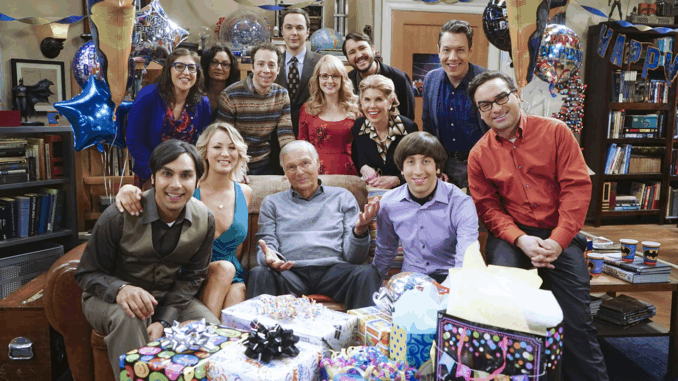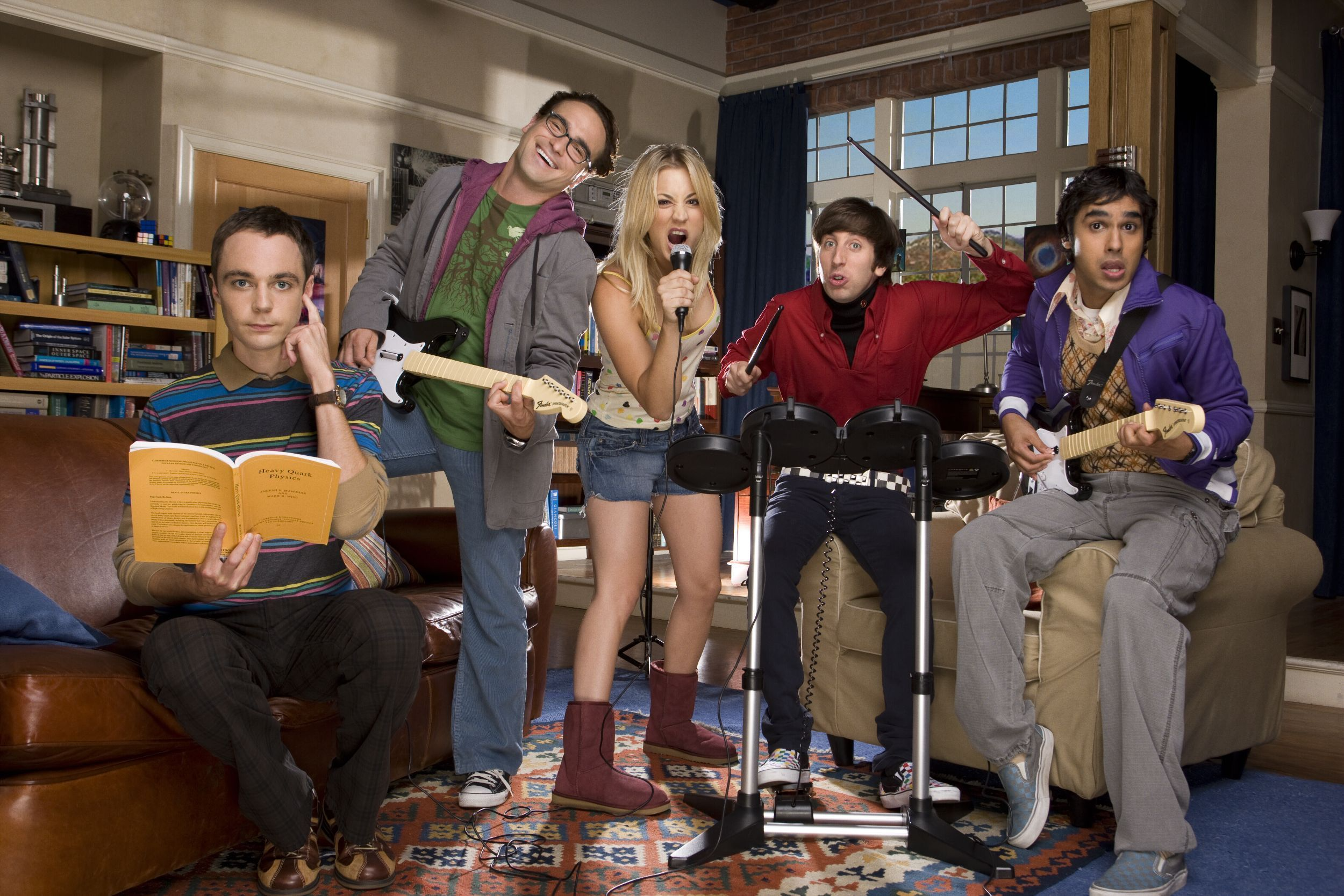
A Groundbreaking Premise
When The Big Bang Theory premiered in 2007, few predicted it would become one of the most influential sitcoms of its era. At its core, the show centered around four brilliant but socially awkward scientists—Sheldon, Leonard, Raj, and Howard—and their lives in Pasadena, California. But what made the show truly unique was how it unapologetically celebrated geek culture and made science a central part of mainstream entertainment.
In a television landscape filled with workplace comedies and romantic entanglements, The Big Bang Theory stood out by embracing physics, engineering, comic books, and video games—all while never losing sight of humor and heart.
Making Smart Cool
Before The Big Bang Theory, “nerds” were often relegated to side roles or punchlines in pop culture. The show flipped that narrative by putting them front and center. Audiences didn’t just laugh at the characters—they connected with them. Their passions, awkwardness, and love for science fiction became relatable rather than ridiculed.
The characters weren’t cool despite their intelligence—they were cool because of it. Sheldon’s obsession with trains, Leonard’s neuroses, Howard’s flamboyant fashion, and Raj’s romantic ideals all contributed to a portrayal of geekiness that was multidimensional, not stereotypical.
Real Science, Real Impact
One of the show’s most distinctive features was its use of real science. Producers brought in UCLA physicist David Saltzberg to ensure accuracy in the scientific dialogue and whiteboard equations. Terms like “quantum mechanics,” “string theory,” and “Higgs boson” weren’t just tossed around—they were explained (albeit humorously) in context.
In fact, the show was so committed to scientific integrity that it earned praise from academics and was even referenced in real university lectures. Some fans even reported that watching The Big Bang Theory inspired them to pursue careers in STEM fields.
Cameos from Scientific Legends
Few sitcoms can boast a guest list that includes actual Nobel Prize winners. The Big Bang Theory featured appearances from:
-
Stephen Hawking – Who had multiple cameos and playfully bantered with Sheldon.
-
Bill Nye the Science Guy – Who got caught in Sheldon’s bizarre feud with Proton.
-
Neil deGrasse Tyson – Who debated Pluto’s planetary status.
-
George Smoot and other real physicists – Highlighting the show’s credibility and enthusiasm for real science.
These guest spots weren’t just gimmicks—they reflected the show’s genuine admiration for scientific achievement.
A Love Letter to Pop Culture

While science was the backbone of the show, The Big Bang Theory also thrived as a tribute to fandom culture. From Star Wars and Doctor Who to The Flash and Dungeons & Dragons, the series reveled in the passions of its characters—and by extension, its audience.
Comic-Con references, cosplay episodes, and intense debates over movie franchises weren’t just played for laughs. They were authentic expressions of what it means to be a fan.
This authenticity helped The Big Bang Theory resonate with millions of viewers who saw their own quirks and passions reflected on screen.
The Evolution of Nerd Culture
When the show began, geek culture still existed on the fringes. By the time it ended in 2019, superhero movies ruled the box office, and fandom had become mainstream. In many ways, The Big Bang Theory helped pave that path.
It showed that intelligence could be funny, passion could be endearing, and that “uncool” hobbies didn’t make you any less worthy of love, success, or friendship.
Final Thoughts
The Big Bang Theory was more than just a sitcom—it was a cultural shift. It proved that stories about scientists and sci-fi fans could be just as compelling and emotionally rich as any romantic comedy or workplace drama. By celebrating both intellect and imagination, the show helped redefine what it meant to be “cool” in the 21st century.
In a world increasingly shaped by science and technology, The Big Bang Theory reminded us that being smart, curious, and a little weird isn’t just okay—it’s something to be proud of.
